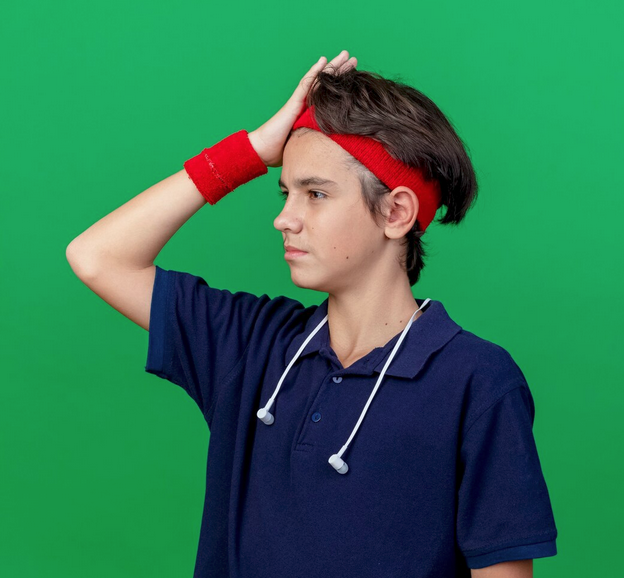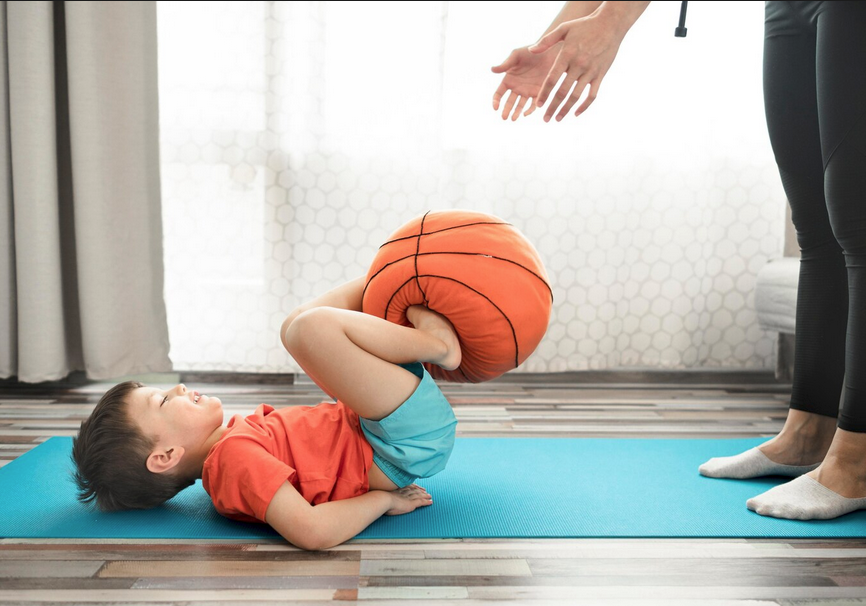Physiotherapy for kid’s sports injuries is becoming more and more relevant. Recently, we have seen that children and teenagers are becoming more active than ever. Whether it’s taking part at the level of competitive, clubs, camps, or recreational activities, most children are involved in some way. As we know, physical activities are great for their physical, mental and overall development. However, it also puts them at risk of certain injuries. As a child’s bones, muscles, and ligaments are still growing and developing, this makes them vulnerable to certain injuries that can be different from adults. Sports physiotherapy plays a vital role in helping young athletes recover fast, return to sport safely, and prevent future injuries.
What are common sports injuries in children and teenagers?

- Sprains and strains: Ligament sprains or muscle strains are seen commonly in kids who play competitive or fast paced sports with sudden changes in direction, starting, and stopping
- Growth plate injuries: In children their bones are not completely developed. At the end of long bones is where we find growth plates, which are softer than matured bones. As a result, they are more vulnerable to injury, whether it is from a trauma or repetitive stresses
- Overuse injuries: Repetitive stress from the sports can leads to injuries such as stress fractures, shin splints, and tendinitis
- Fractures: Falls or collisions can cause breaks that require immobilization and careful rehabilitation
- Concussions or neck injuries: In some contact sports kids get injuries to their head and neck which might require medical attention and specialized concussion rehabilitation
How does physiotherapy help kids sports injuries?

1. Accurate assessment and individualized care:
A Physiotherapist who has experience and expertise with kids can help you by assessing the nature of the injuries. They will create an individualized plan after taking into account age, growth stage, and the type and level of sport they have to return to. They collaborate and coordinate with the team including parents, coaches, and other medical professional.
2. Pain relief and early management
Initially, the focus is to reduce the pain and inflammation using a combination of resting, icing, modalities like therapeutic ultrasound, or immobilization using braces or splints. Your Physiotherapist can help you plan out modifications so your kid can still participate in school and day to day activity safely, while protecting the injured area.
3. Restoring mobility and strength
Afterwards, once pain and swelling reduces, the focus of the treatment shifts to gaining the range of motion, flexibility and strength of the injured and surrounding structure. In kids, rather than performing traditional ways of exercises the exercises are designed to be fun, age-appropriate and sports related. Overall, this helps to keep them motivated and take an active role in their own recovery.
4. Preventing re-injury
While treating your child’s injured and painful area, the Physiotherapist will also address the causes of pain which leads to this issue. Sometimes it can be from a muscle imbalance, training error or poor form during movement. They help your child create a comprehensive exercise routine for you involving a proper warm up, mobility, balance, and strengthening work, and finally may recommend specific drills related to your sport.
5. Gradual return to play
Returning to sport too soon is a major cause of re-injury. A physiotherapist monitors progress and gradually increases intensity in training, mimicking sport movements to ensure the child is ready for full participation. Then, they will coordinate with the coaches to slowly permit back to play.
6. Education for parents and coaches
Parents and coaches play important parts in the recovery process. A physiotherapist will update them about progress and current restrictions. Additionally, they will educate them about appropriate footwear, training intensity and loading and motivating strategies for kids. For example, it is important that both your child and you understand the signs and symptoms of worsening symptoms when starting return to play, so that you may catch and prevent a potential injury early.
Benefits of “prehab” and physiotherapy for young athletes
Preventing an injury is the ideal situation. Because of this, the idea of “prehabilitation” or “prehab” for short focuses on assessing potential risks for an athlete and minimizing them. For example, this could be a young athlete who a Physiotherapist notices relies more on one side over the other, or performs a movement with poor form. Early coaching and addressing these issues can prevent or lessen the impact of an injury farther down the line. Assessment and treatment at early stage can help to reduce recovery time and complications. Early physiotherapy management can help to prevent future complications like chronic pains, poor movements and damage to growing bones and muscles
Physiotherapy is not just for adults; it plays part in different age group people’s life. For young athletes, it can mean the difference between a minor setback and a long-term problem. With a child-friendly approach, physiotherapists help kids recover faster, improve their confidence in movement and safe return to the activities they like.
Looking for help with a kids sports injury?
If your child has been injured playing a sport or other athletic activity, look for PhysioNow! We have many experienced sports physiotherapists with expertise across a whole range of different sports. Our team will help you and your kids to create a treatment approach to get them healthy and back in the game! With 10 locations across the west GTA, PhysioNow is here to support you and your family. Book with PhysioNow today for your first assessment and treatment!


